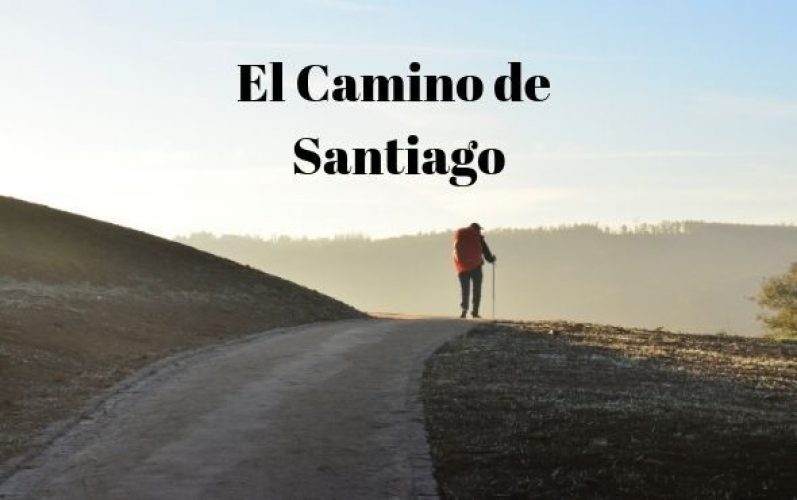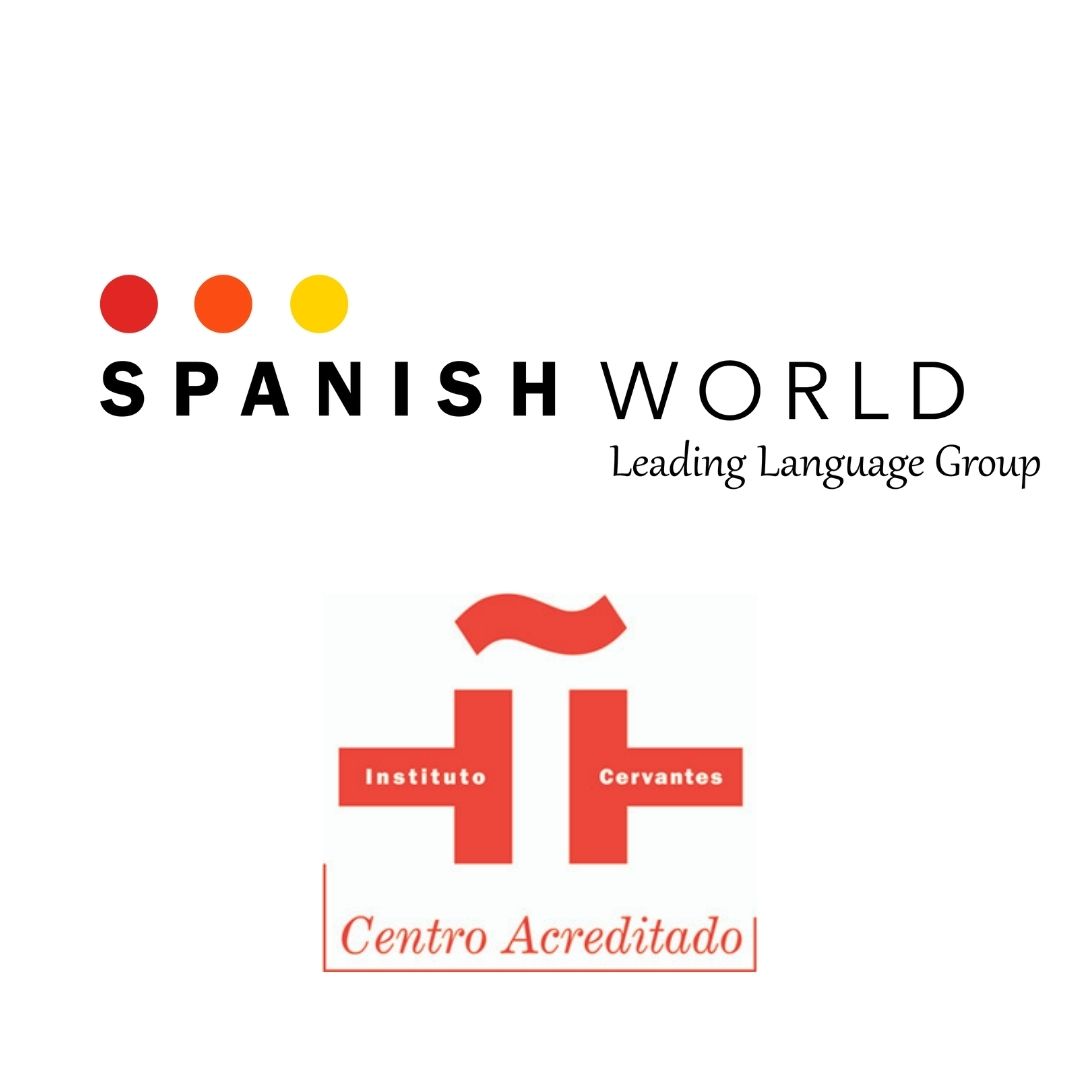Do you have any friend called James, Jacob or Jamie? Try asking him what’s his name in Spanish. If he doesn’t know the answer, he may want to read this blog and find out the history behind it.
James (in English), Jacques (in French), Giacomo (in italian), Yakub (in Malay) or Yakobu ヤコブ (in Japanese) are all variants of the same Hebrew name, Jacob (יַעֲקֹב).
In Spanish, we can find many ways of saying it: Jacobo, Jacob, Iago, Yago, Jaime, Tiago or Diego. But the most popular one is Santiago, which is a combination of two words: “Sant Iago”, first used to denote the apostle Saint James the Great.
More and more people around the planet are getting familiar with this name, not just because the Real Madrid Stadium is named Santiago Bernabeu, after a former president of the football club; or because of Santiago Calatrava, a famous Spanish architect known for his bridges and other constructions which resemble living organisms; what is becoming increasingly popular is an ancient route called Camino de Santiago (Way of Saint James), declared UNESCO World Heritage Site in 1993
El Mapa
How it all started? According to tradition, “Saint James’s remains were carried by boat from Jerusalem to northern Spain, where he was buried in what is now the city of Santiago de Compostela. King Alfonso II (9th century) ordered the relics be buried in a specially-built chapel, which would later become the Santiago de Compostela Cathedral, and attract pilgrims from across Europe. The Camino grew in popularity in the Middle Ages, attracting over 250,000 pilgrims every year” (Esme Fox, theculturetrip.com, https://theculturetrip.com/europe/spain/articles/a-brief-history-of-the-camino-de-santiago/).
In 2018, 327,378 pilgrims reached Santiago de Compostela, the greatest number so far. It is interesting to note the growing number of Asians walking the path, especially from South Korea. According to the Pilgrim’s Office statistics, South Korea is in the 9th place among a list of 100 nationalities; 1st among the Asian countries. Another interesting data is the increasing number of Singaporeans taking this route: from 12 hikers in 2009, to 314 in 2018.
From the beginning, each person “made his or her own way from their home to Compostela. Some of the routes became more popular than others due to considerations such as safety or availability of food supplies, but there was never one that was singled out as the one” (Paco Nadal, elpais.com, https://elpais.com/elpais/2018/07/17/inenglish/1531818503_007985.html)
Still, the ones that are best known are: the French Way, the Northern Way (along the north coast of Spain), the Portuguese Way (from Lisbon), the English Way (from Ferrol in Galicia), the Camino Primitivo (from Oviedo in Asturias) and the Vía de la Plata (from Seville in Andalusia), among others.
Whether you choose to make the journey on foot, horseback or bicycle, Camino the Santiago is a unique and enriching experience that takes you through villages full of history and charm, beautiful mountains and forests, and which allows you to get in contact with a great diversity of people, locals and coming from all over the world, who will approach you with the characteristic greeting: ¡Buen Camino! (Have a good Way!).
El Camino…
Santiago: un nombre lleno de historia
¿Tienes algún amigo llamado James, Jacob o Jaime? Intenta preguntarle cómo se dice su nombre en español. Si no sabe la respuesta, quizá quiera leer este blog y averiguar la historia que hay detrás.
James (en inglés), Jacques (en francés), Giacomo (en italiano), Yakub (en malayo) o Yakobu ヤコブ (en japonés) son todo variantes del mismo nombre hebreo, Jacob (יַעֲקֹב).
En español, podemos encontrar muchas maneras de referirnos a este: Jacobo, Jacob, Iago, Yago, Jaime, Tiago o Diego. Pero, el más popular es, sin duda, Santiago, combinación de dos palabras: “San Iago”, utilizado primeramente para referirnos al apóstol Santiago el Mayor.
Cada vez más gente alrededor del planeta ha oído hablar de este nombre, no solo porque el estadio del Real Madrid se llama Santiago Bernabeu, un antiguo presidente del club de fútbol; o por Santiago Calatrava, un famoso arquitecto español conocido por sus puentes y otras construcciones que se asemejan a organismos vivos; lo que se está haciendo cada vez más popular es la antigua ruta llamada Camino de Santiago, declarada Patrimonio de la Humanidad por la UNESCO en 1993.
¿Cómo empezó todo? De acuerdo con la tradición, “los restos de Santiago fueron transportados en barco desde Jerusalén al norte de España, donde se le enterró en lo que es ahora la ciudad de Santiago de Compostela. El rey Alfonso II (siglo IX) ordenó que sus reliquias fueran enterradas en una capilla especialmente construida para este propósito, que más tarde se convertiría en la catedral de Santiago de Compostela, y que atraería peregrinos de toda Europa. El Camino creció en popularidad en la Edad Media, atrayendo a más de 250,000 peregrinos cada año”. (Esme Fox, theculturetrip.com, https://theculturetrip.com/europe/spain/articles/a-brief-history-of-the-camino-de-santiago/).
En 2018, 327,378 peregrinos llegaron a Santiago de Compostela, el mayor número hasta ahora. Es interesante observar el creciente número de asiáticos que caminan por el sendero, especialmente desde Corea del Sur. Según las estadísticas de la Oficina de Peregrinos, Corea del Sur ocupa el noveno lugar entre una lista de 100 nacionalidades; 1º entre los países asiáticos. Otro dato interesante es el creciente número de singapurenses que toman esta ruta: de 12 excursionistas en 2009 a 314 en 2018.
Desde el principio, cada persona “hizo su propio camino, desde su casa a Compostela. Algunas de las rutas se hicieron más populares que otras debido a consideraciones tales como la seguridad o la disponibilidad de suministros de alimentos, pero nunca hubo una que se identificara como la única” (Paco Nadal, elpais.com, https://elpais.com/ elpais / 2018/07/17 / inglés / 1531818503_007985.html).
Aun así, las más conocidas son el Camino Francés, el Camino del Norte (a lo largo de la costa norte de España), el Camino Portugués (desde Lisboa), el Camino Inglés (desde Ferrol en Galicia), el Camino Primitivo (desde Oviedo, en Asturias) y la Vía de la Plata (desde Sevilla, en Andalucía), entre otros.
Ya elijas hacer el viaje a pie, a caballo o en bicicleta, el Camino del Santiago es una experiencia única y enriquecedora que te lleva a través de pueblos llenos de historia y encanto, hermosas montañas y bosques, y que te permite ponerte en contacto con una gran diversidad de personas, gente del lugar y proveniente de todo el mundo, las cuales se te acercarán con el saludo característico: ¡Buen Camino!
Photos: joancone.wordpress.com
@irongamer
Words by: Carol Rojo


